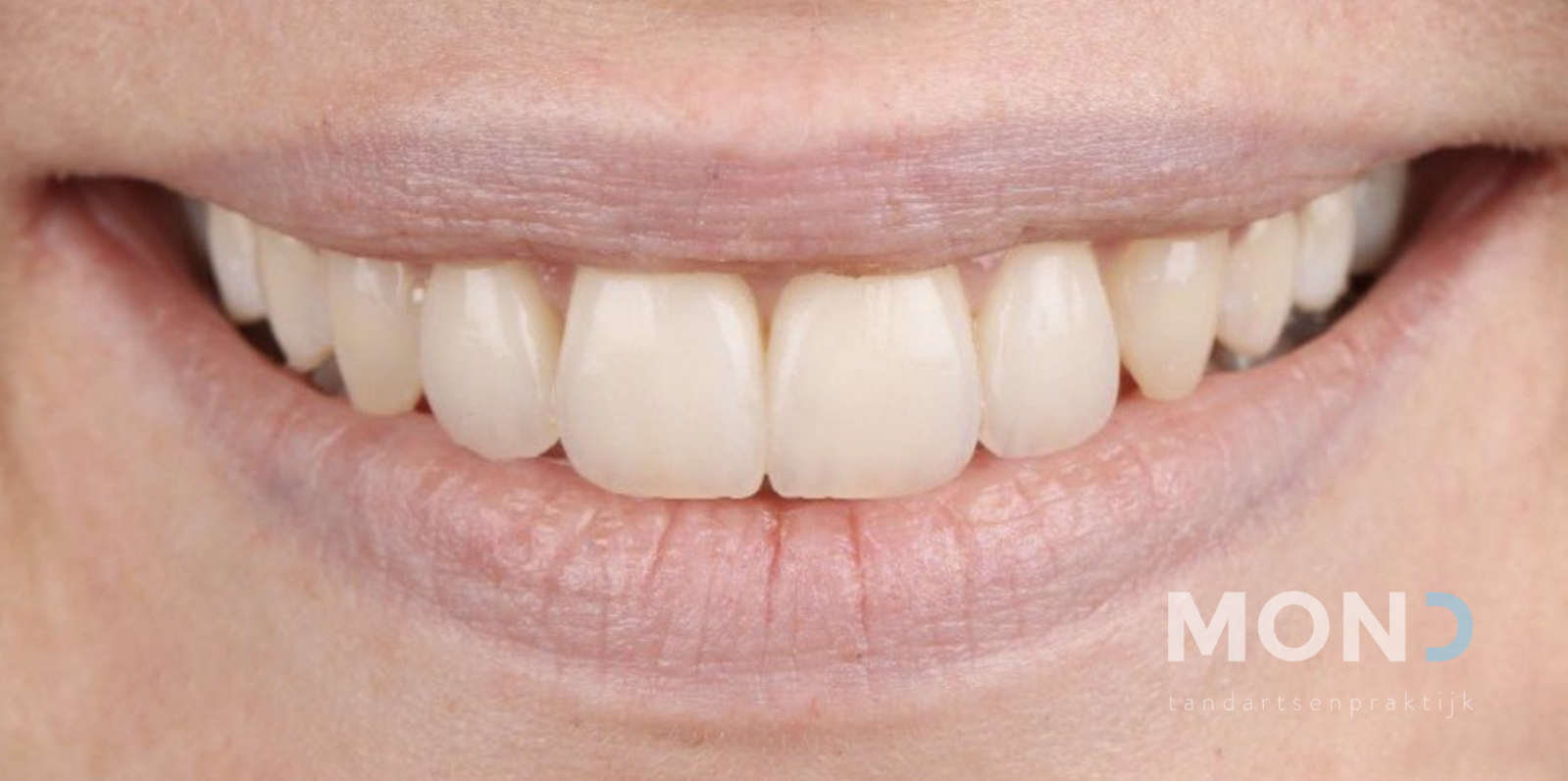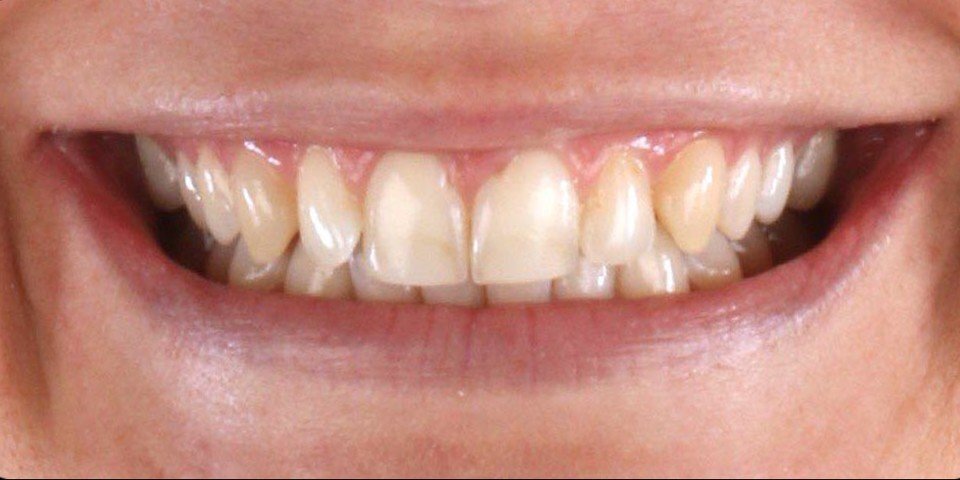Orthodontics
Orthodontics is a specific area within dentistry that focuses on correcting the position of the teeth and relationship of the jaws to each other.
What is orthodontics?
Orthodontics is a specialist field within dentistry that focuses on correcting abnormalities in the position of the teeth and jaws.
A tooth and/or jaw correction for medical reasons always goes hand-in-hand, to a greater or lesser extent, with an aesthetic correction. In fact, it always results in a more harmonious, full smile with beautifully aligned teeth.
The orthodontist plays an important role in many treatments and as a result, more and more adults are visiting an orthodontist to ensure as many of their teeth as possible are preserved, even in later life.
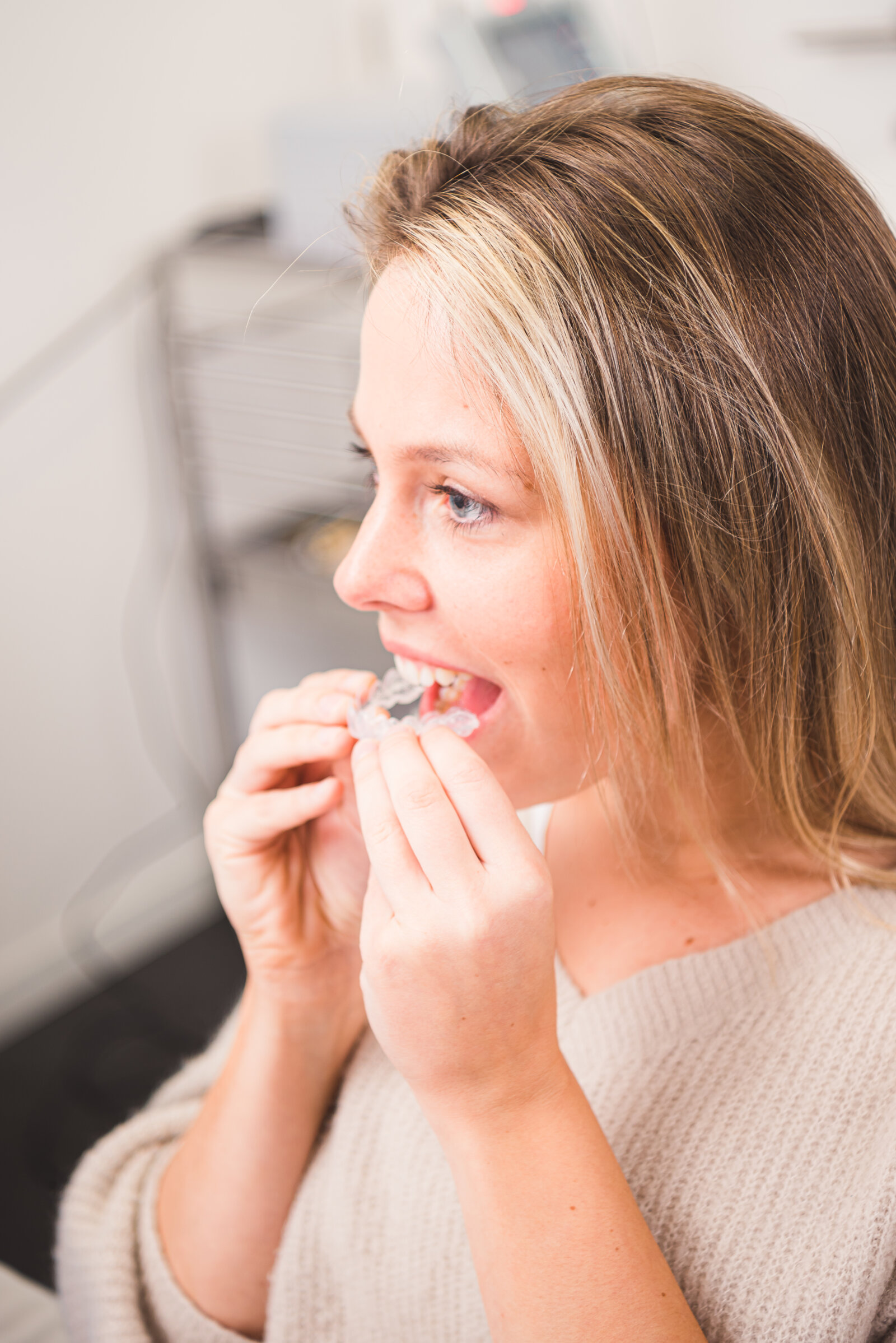
Reasons to have an orthodontic treatment
There are several reasons why you might visit an orthodontist:
- Poor positioning of the teeth, which makes them difficult to look after and results in cavities or gum disease.
- Poor jaw relation may cause speech and chewing problems.
- Excess stress on teeth that causes them to wear faster or may cause deterioration of the supporting tissues (periodontitis).
- In preparation for other procedures such as implants, crowns or veneers so that space can be created in your mouth or treatment can begin in the best possible conditions.
As mentioned above, such treatments are also frequently performed for cosmetic reasons. The orthodontist will therefore consult with the patient about the best treatment plan for each situation, taking into account the patient's wishes.
What happens during an orthodontic consultation
Treatment at the orthodontist often happens by referral from the dentist and almost always follows the same steps:
- During the initial consultation, they will estimate what treatment is needed and when it should begin.
- This is followed by collecting a full set of data about the patient's teeth and their profile so that the necessary analyses can be performed and a treatment plan can be drawn up.
- This will be explained in detail during the third appointment along with a cost estimate and an estimate of how long treatment will take.
- If patients (and parents) agree with the plan, the start of treatment will be scheduled.
Types of orthodontic procedures
When we think of orthodontics, we often speak colloquially of blocks or braces. However, their work has also expanded to include aligners, among other things.
- Functional appliances
Functional appliances include a removable or fixed brace to correct the jaw relationship in growing individuals. This group of braces is often used if the patient has an enlarged overbite (the distance between the upper and lower incisors).
The timing for when this type of appliance is used is very important and will be determined by dental and skeletal development. As with all braces, the success of these treatments depends heavily on patient cooperation.
- Outer braces
Outer braces are removable braces that are used to create space in the upper dental arch. At the same time, these braces can also be used to improve the relationship between the upper and lower dental arch.
Again, patient cooperation in using the brace is very important to the success of the treatment. In practice, this brace is primarily used in preparation for fixed dental appliances.
- Fixed appliances
Fixed appliances are the bite blocks that we are all familiar with and which provide the orthodontist with the most options to achieve maximum results. These blocks come in metal or ceramic (white) versions. With children, we mainly use metal bite blocks. Adults most often choose ceramic blocks since they are less visible.
In some cases, it may also be possible to place blocks on the inside so that they are almost invisible. The downside, however, is increased cost and the fact it might potentially impact speech.
Once the blocks are placed, the orthodontist sees the patientback every 4 to 6 weeks to correct the wires to achieve the desired tooth position change. This could possibly be combined with additional elastics, where the patient's cooperation is very important to achieve a good result faster. For the first few days after insertion of a new elastic, the patient might occasionally experience some pain and tension, so it best to avoid hard foods. Otherwise, these treatments are quite painless.
- Aligners
A new treatment that is gaining popularity is treating patients with aligners. These are custom-made, clear braces or guards that are slid over the teeth and need to be replaced every 1 to 2 weeks. Based on how patient is at the first appointment, a digital simulation is made of the final result, then a brace is made for each relocation point in order to achieve this result.
The main advantage of this treatment is how it looks, since these braces are less visible than block braces. However, the disadvantage of this treatment is that the patient must 100% cooperate. If the braces are not worn correctly or for not long enough, the teeth will not move or at all, or will not move enough to be able for the next set of braces to be used. As a result, treatments can suddenly take much longer and not produce the desired results. In addition, the finish and correction of the tooth position is slightly more difficult to control compared to a treatment involving block braces.
- Temporary Anchorage Devices (TADs).
A TAD or Temporary Anchorage Device, is a small screw that is screwed through the gums into the bone. This titanium screw acts as a kind of anchor for moving a group of teeth. If we want to move a group of teeth backwards and we use an elastic band around the back molar, for example, then the very back molar may move forwards instead of the other teeth moving backwards. In instances like this, a TAD can be used as an anchoring point. The placement of a TAD is done under local anaesthetic, at the orthodontist's surgery.
TADs are also called ortho-implants and are placed in the mouth during treatment involving braces. They provide a fixed anchor point from which a force can come, making it possible to position each specific tooth in the right place without shifting the rest of the teeth.
This appliance can be placed in different locations in the mouth, depending on the individual patient. You may feel slight pressure during placement of a TAD, but it does not hurt because they are located in an area of the mouth where there are no nerves.
- Orthognathic (jaw) surgery
Sometimes the jaw relationship is misaligned to such an extent that correcting the position of teeth would be insufficient to obtain a stable and good final result. In these situations, the orthodontist will suggest an additional jaw correction, working together with an oral surgeon.
As part of the process, the orthodontist prepares the position of the teeth, then the surgeon correctly positions the jaws, while the orthodontist finishes by ensuring the final positioning of the teeth. This planning is always done in consultation with the patient and according to how old they are.
These treatments are largely reimbursed under health insurance and are frequently performed in Belgium. The level of available experience and expertise in this type of treatment is therefore vast.
- Retention
After actively correcting teeth, we move into the retention phase. Teeth may still have a tendency to move after orthodontic correction, which is why it is necessary to stabilise them to achieve a good result.
Depending on each patient's individual situation, this can be done using a bonded retainer (a wire fixed to the back of the incisors) and/or a removable retainer (night brace). A beautiful end result requires a lifetime of follow-up.
How much does orthodontics cost?
Orthodontic treatment is partially reimbursed for anyone with mandatory health insurance (affiliation with a mutuality) as long as notification is provided about this before the age of 15. This document is prepared after a consultation with the orthodontist.
Recover you smile
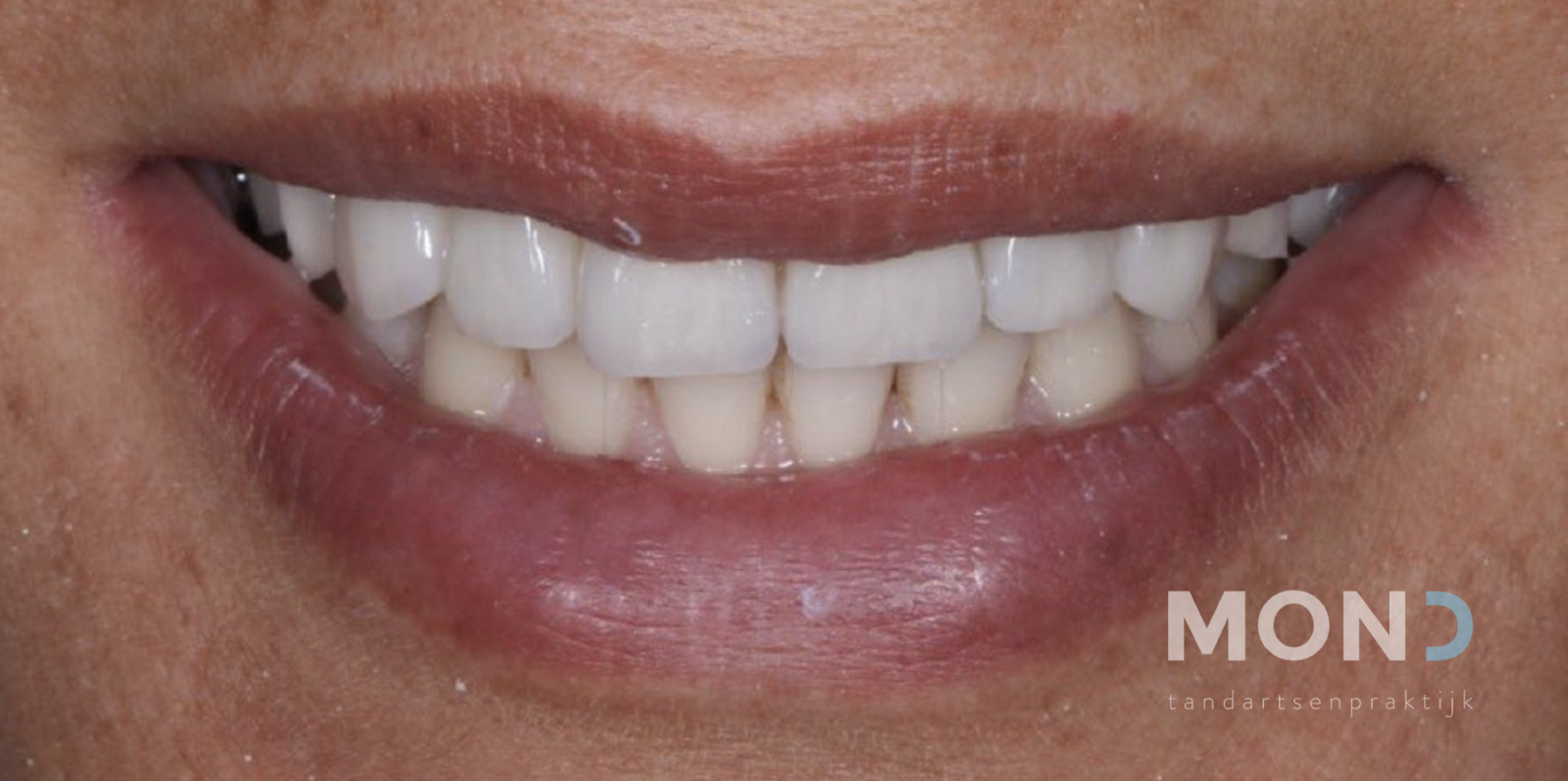
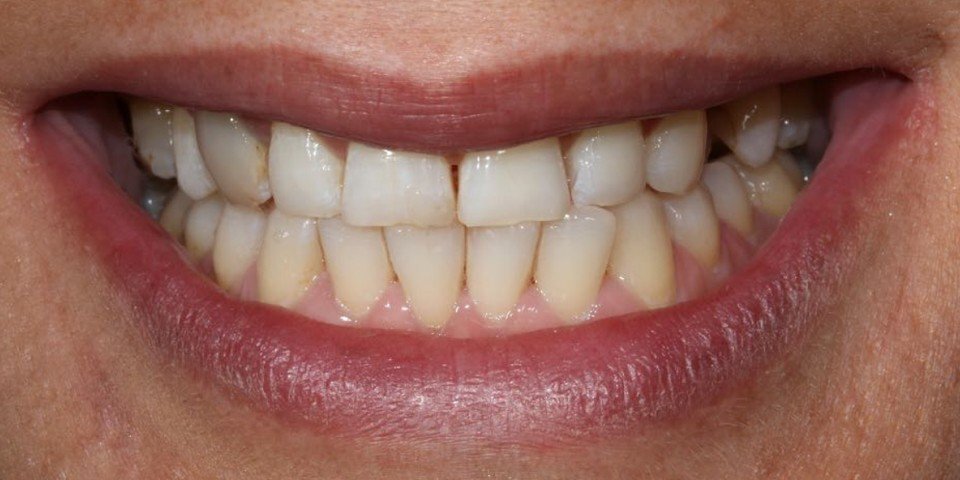
Bite correction and repair of wear with orthodontics and veneers
Discover this smile | Bite correction and repair of wear with orthodontics and veneersIs a orthodontics something you’re interested in?
Check out the practices that offer orthodontics below:
MOND Groen Kwartier
Pater Pirestraat 50,
2018 Antwerpen
MOND Paro Plus
Louis Marcelisstraat 25a,
1970 Wezembeek-Oppem

